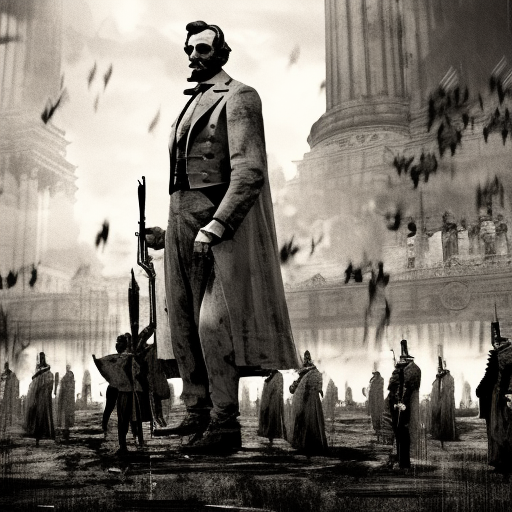One-line summary:
Killing Lincoln is a gripping historical account that delves into the shocking assassination of President Abraham Lincoln and its profound impact on America.
Introduction:
Killing Lincoln, written by Bill O’Reilly and Martin Dugard, is a meticulously researched and compelling narrative that explores the assassination of President Abraham Lincoln. The book takes readers on a journey through the final days of the Civil War, the events leading up to the fateful night at Ford’s Theatre, and the aftermath of Lincoln’s death. With a combination of historical facts, vivid storytelling, and insightful analysis, Killing Lincoln offers a gripping account of a pivotal moment in American history.
The Final Days of the Civil War:
The book begins by setting the stage with a detailed overview of the final days of the Civil War. O’Reilly and Dugard paint a vivid picture of the chaos and uncertainty that engulfed the nation as Confederate forces faced imminent defeat. The authors highlight the strategic decisions made by both Union and Confederate leaders, including General Robert E. Lee’s surrender at Appomattox Court House. This section provides crucial context for understanding the political climate and the motivations of those involved in Lincoln’s assassination.
The Plot to Assassinate Lincoln:
The heart of Killing Lincoln revolves around the meticulous planning and execution of the plot to assassinate President Lincoln. The authors delve into the lives of the key conspirators, including John Wilkes Booth, a famous actor and Confederate sympathizer who became the mastermind behind the assassination. O’Reilly and Dugard explore the motivations and ideologies that drove Booth and his co-conspirators, shedding light on the deep divisions that plagued the nation during this time. The book meticulously details the events leading up to the fateful night of April 14, 1865, when Booth carried out his plan at Ford’s Theatre.
The Aftermath and Legacy:
Following the assassination, Killing Lincoln delves into the immediate aftermath and the long-lasting impact it had on the nation. The authors explore the manhunt for Booth and his eventual capture, as well as the trials and punishments of the conspirators. They also examine the profound effect Lincoln’s death had on the nation, from the outpouring of grief to the political and social ramifications. The book explores the challenges faced by Lincoln’s successor, Andrew Johnson, as he sought to unite a divided nation and navigate the complexities of Reconstruction.
Key Takeaways:
- The assassination of President Abraham Lincoln was a pivotal moment in American history, marking the end of the Civil War and the beginning of a tumultuous period of Reconstruction.
- John Wilkes Booth, a famous actor and Confederate sympathizer, meticulously planned and executed the assassination, driven by his deep-seated beliefs and desire to strike a blow against the Union.
- The aftermath of Lincoln’s death saw a massive outpouring of grief and had profound political and social consequences, shaping the course of American history for years to come.
A Memorable Quote:
“Now he belongs to the ages.” – Edwin M. Stanton, Secretary of War, upon Lincoln’s death.
In conclusion, Killing Lincoln offers a captivating and comprehensive account of the assassination that forever changed America. Through meticulous research and engaging storytelling, Bill O’Reilly and Martin Dugard bring to life the final days of the Civil War, the plot to assassinate Lincoln, and the far-reaching consequences of his death. This book serves as a reminder of the enduring impact of one man’s actions and the fragility of a nation in the face of political turmoil.












